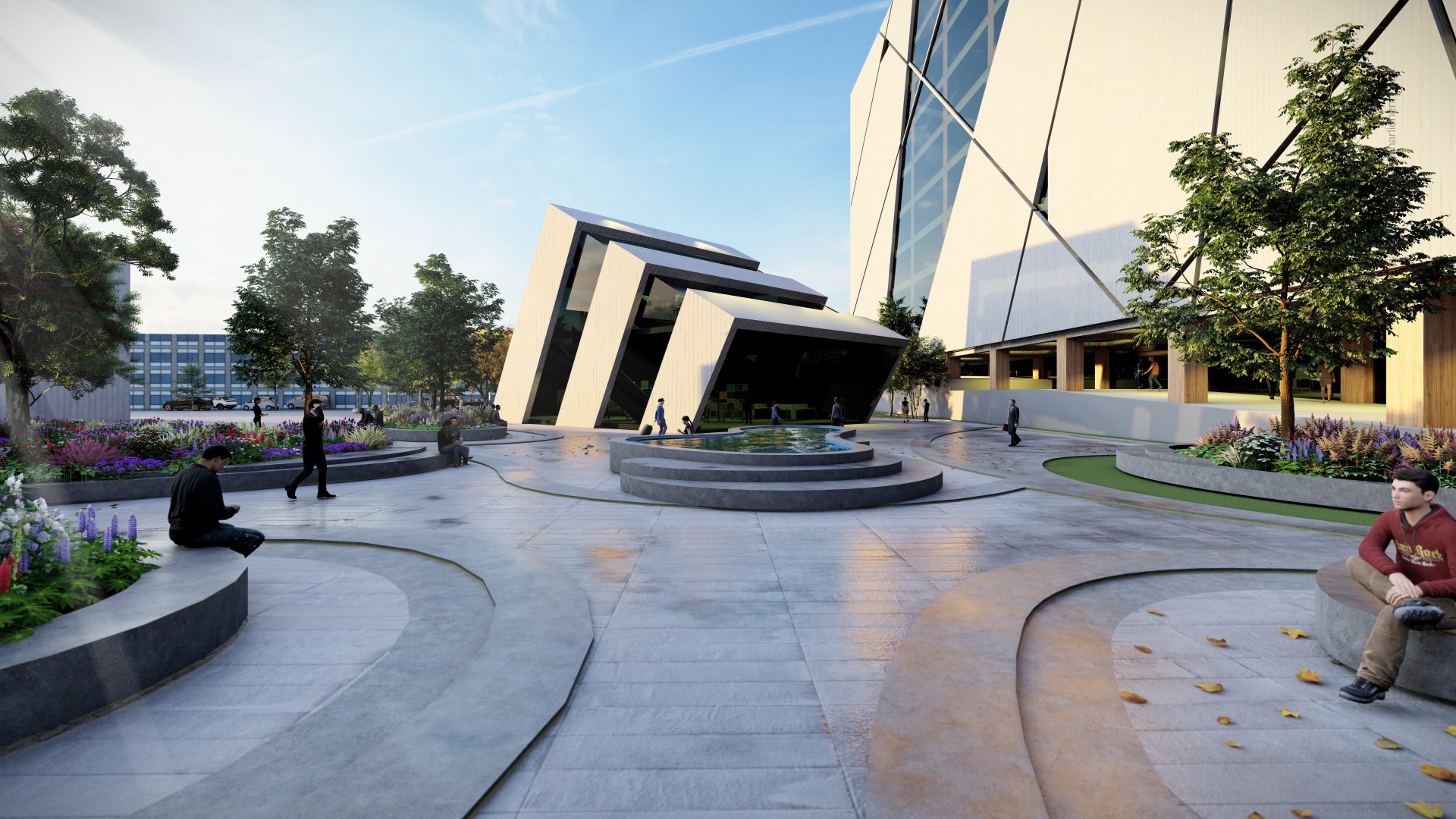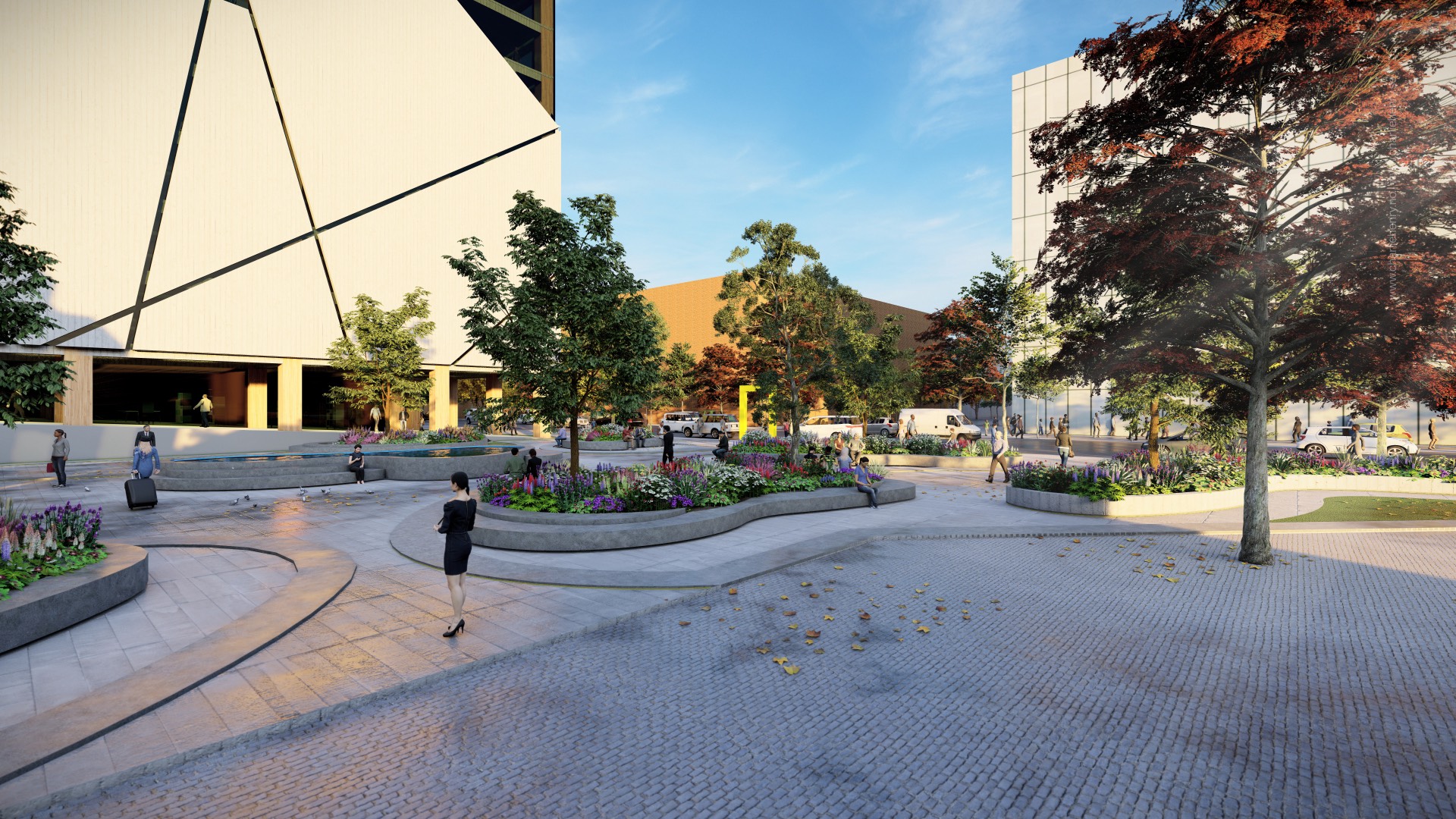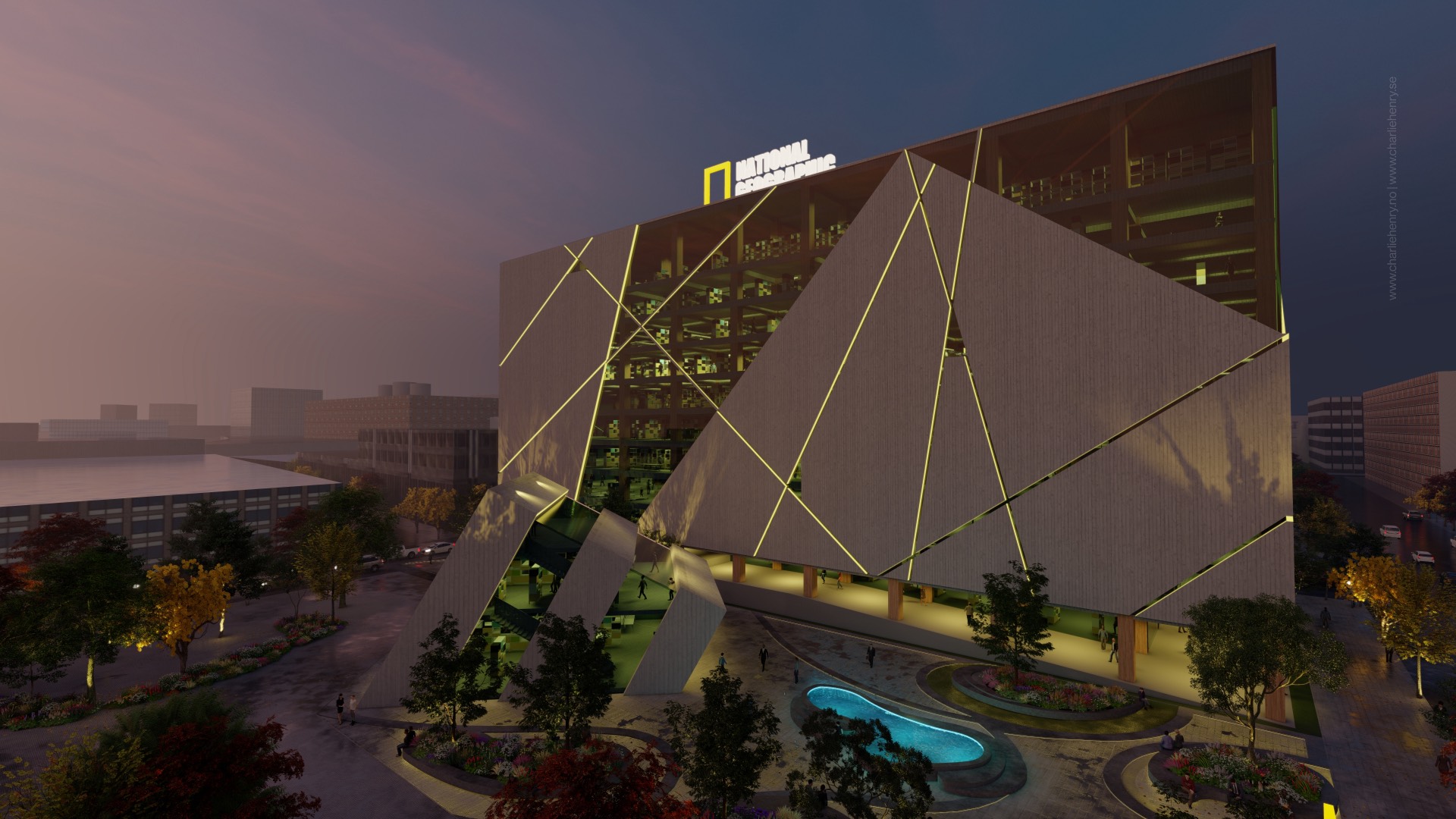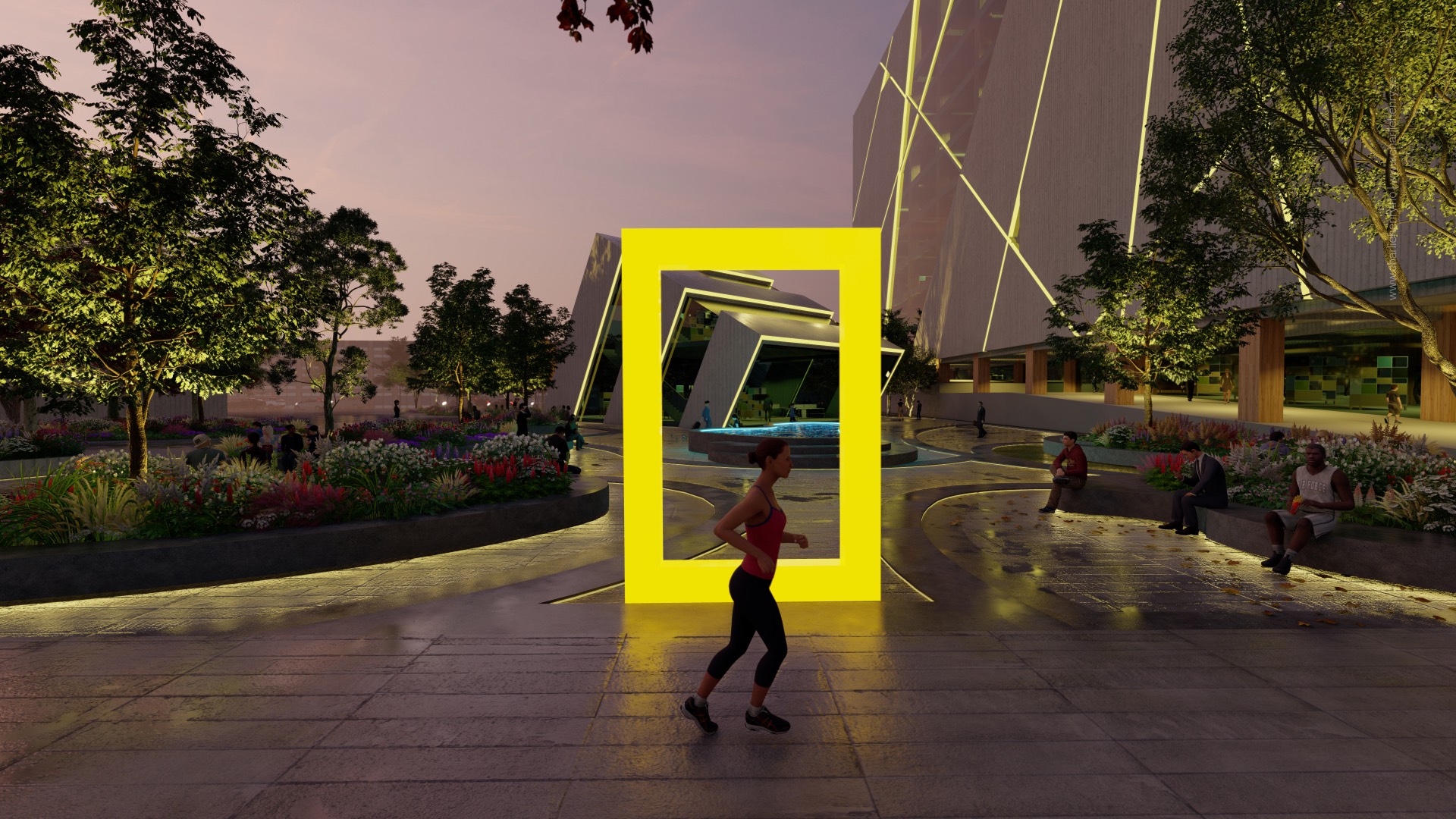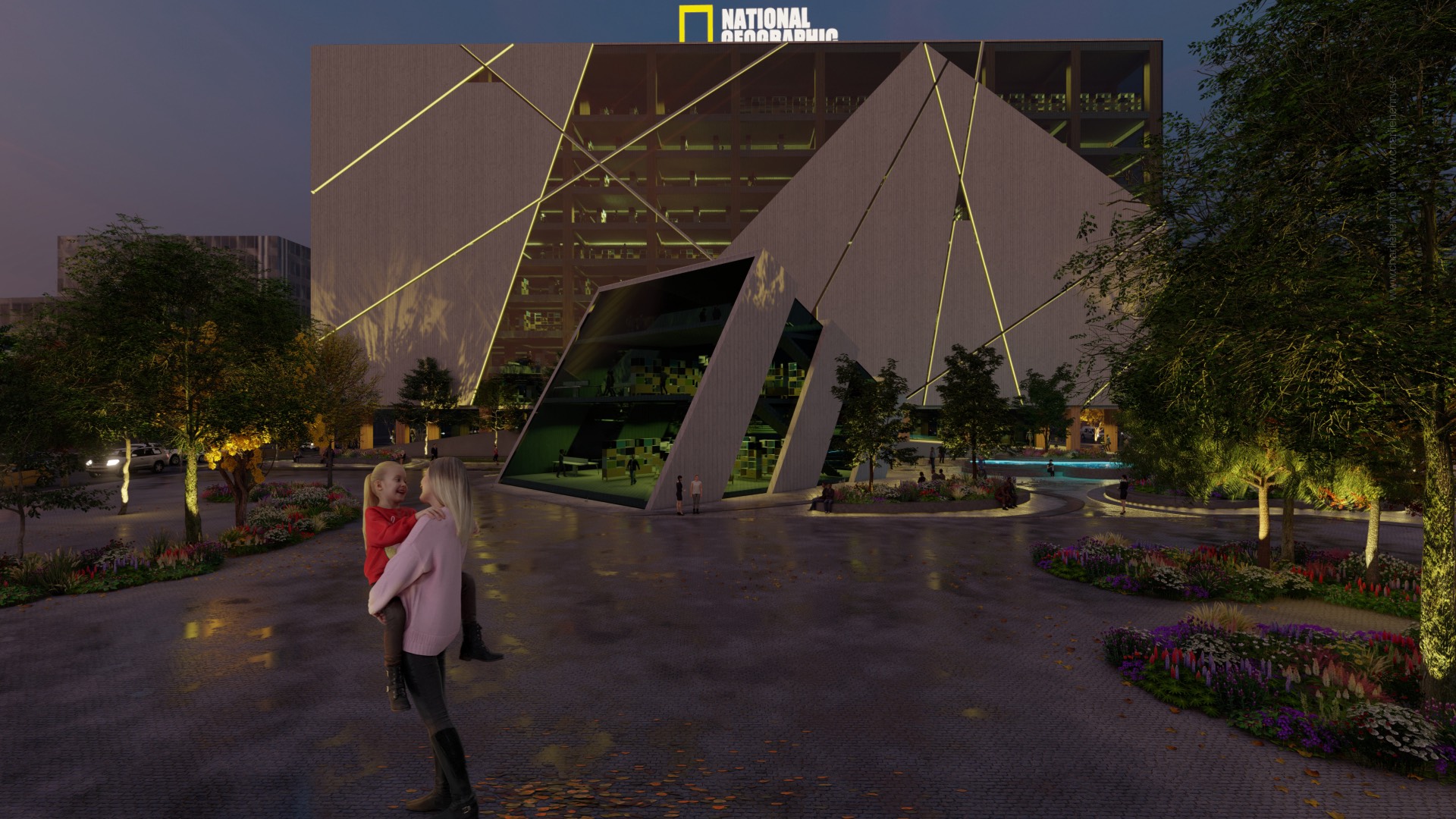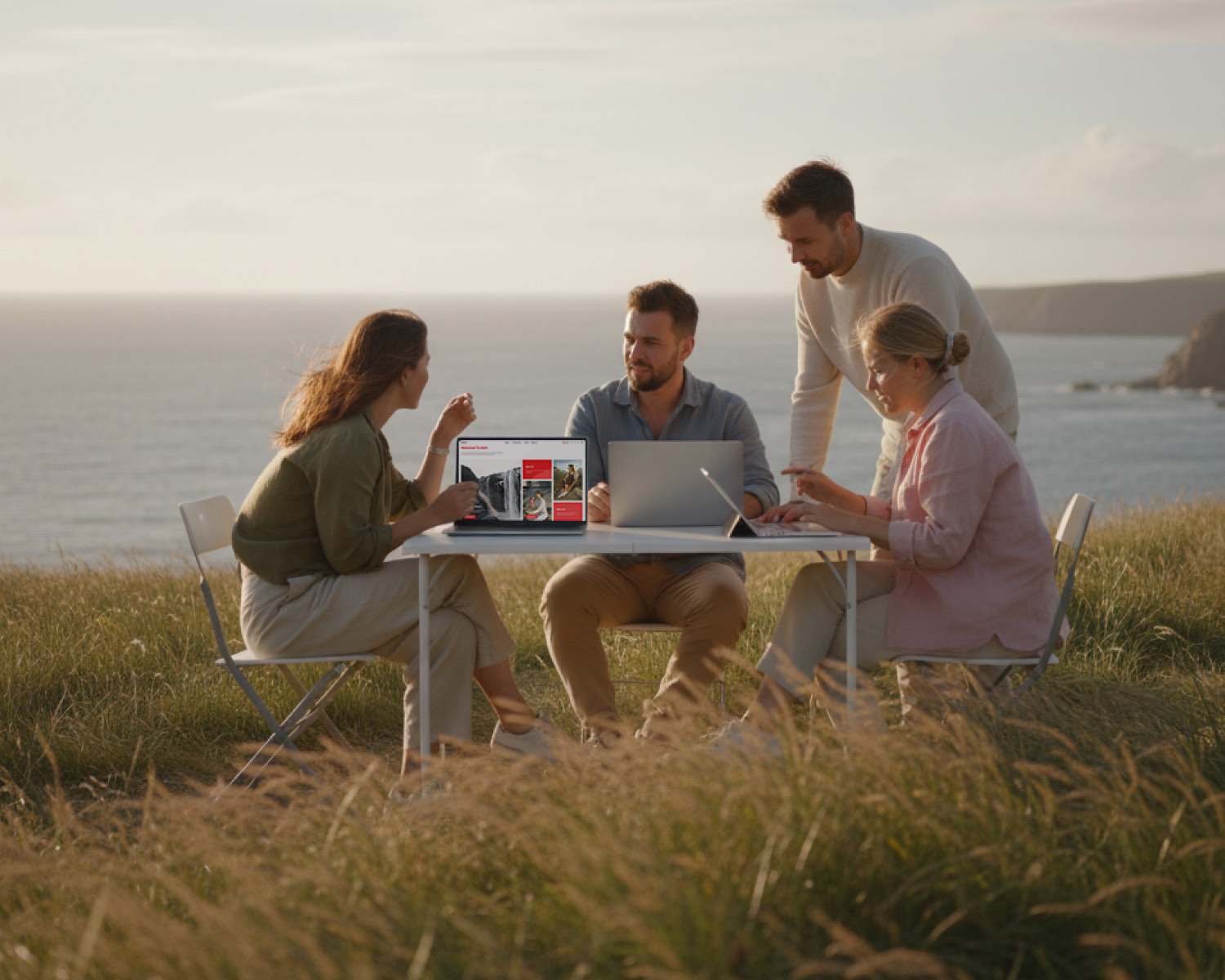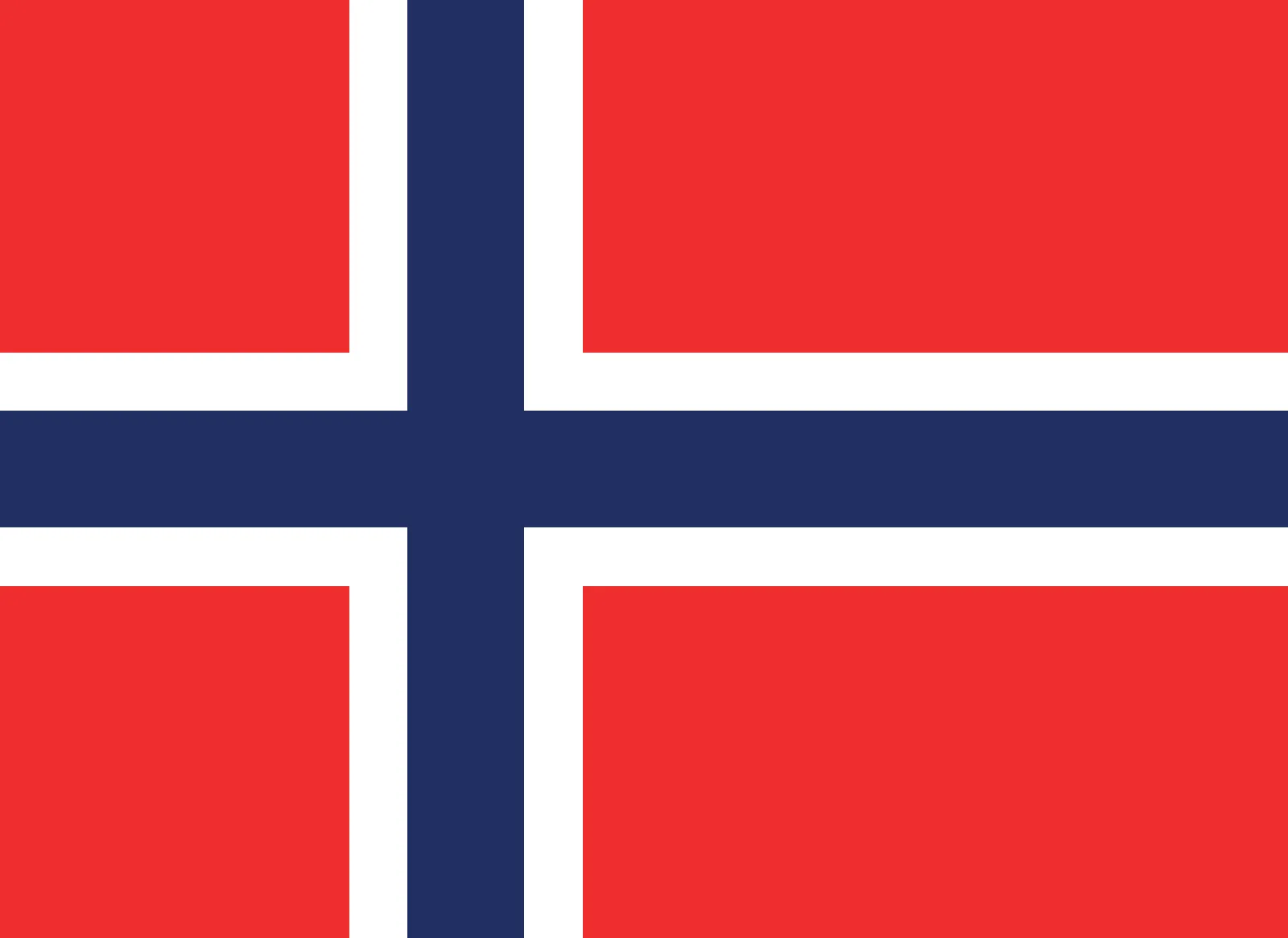Framing The World A National Geographic Landmark
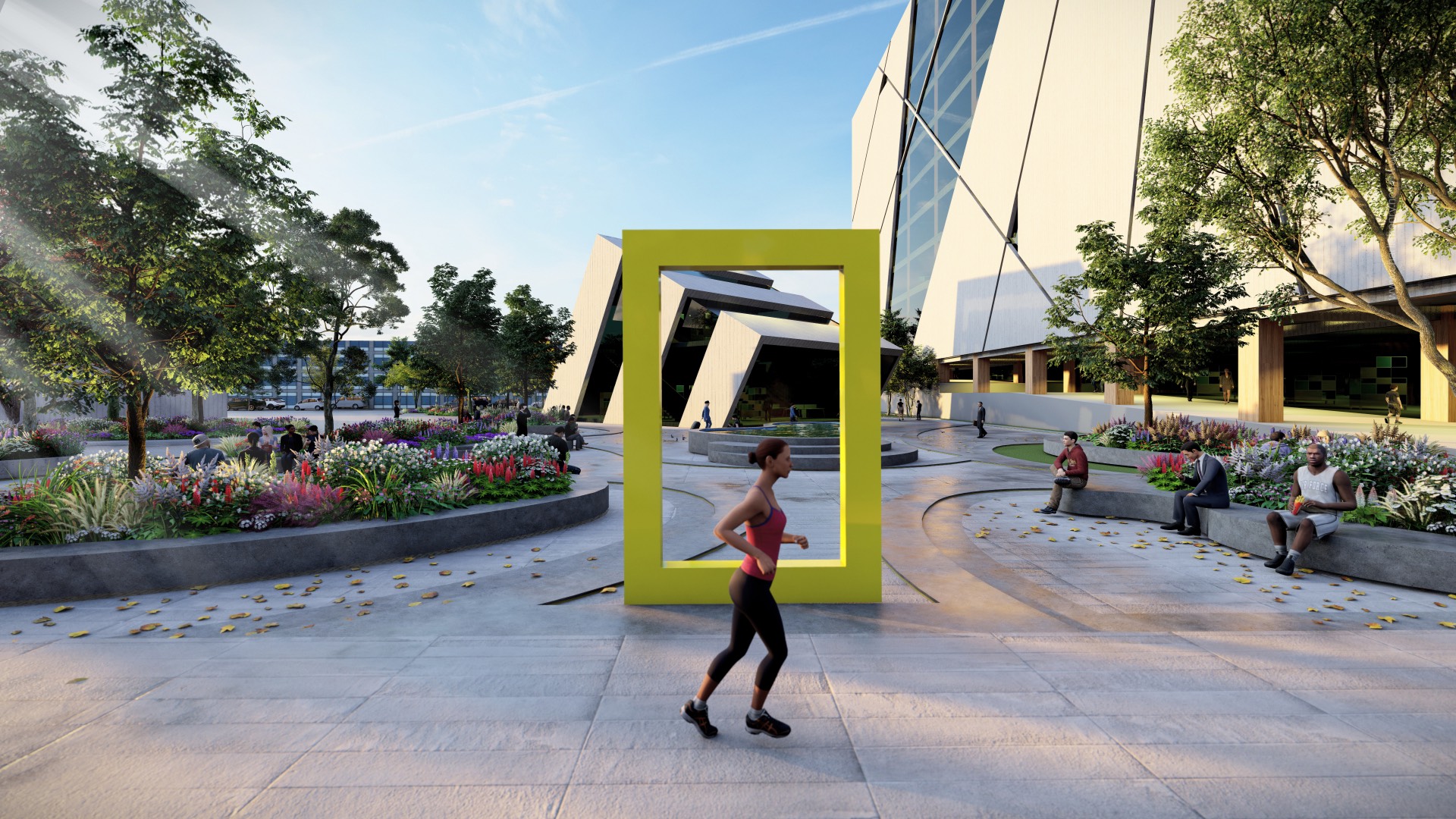
In this project, the goal was to rebuild the exterior of a real architectural building for National Geographic — a name synonymous with exploration, knowledge, and iconic visual storytelling. The task wasn’t just about modeling a structure; it was about translating the values of a globally respected institution into form, light, and texture.
Challenge: How do you honour a brand so deeply connected to the earth, culture, and discovery through something as still?
The architectural details needed to be precise and respectful to the original structure — yet the final image had to evoke wonder, elegance, and editorial strength. I was tasked with balancing these identities: a building as a beacon of exploration, and a visual as an object of design.
Solution: I focused on sculpting the form with care, starting with clean architectural modeling of the exterior and then layering in texture, balance, and real-world depth. Every material was considered — from reflective glass to concrete — under a lighting setup that mimicked natural conditions.
Rather than dramatizing the building, I let it breathe. I wanted the final composition to feel like a quiet cover story — as if it were waiting for the next explorer to walk through its doors.
Result: The result is a visual architectural that feels grounded and timeless. It reflects National Geographic’s voice: respectful, intelligent, curious. The project has served as a visual asset in design showcases and architectural presentations — standing not just as a digital replica, but as a visual tribute to legacy and innovation.
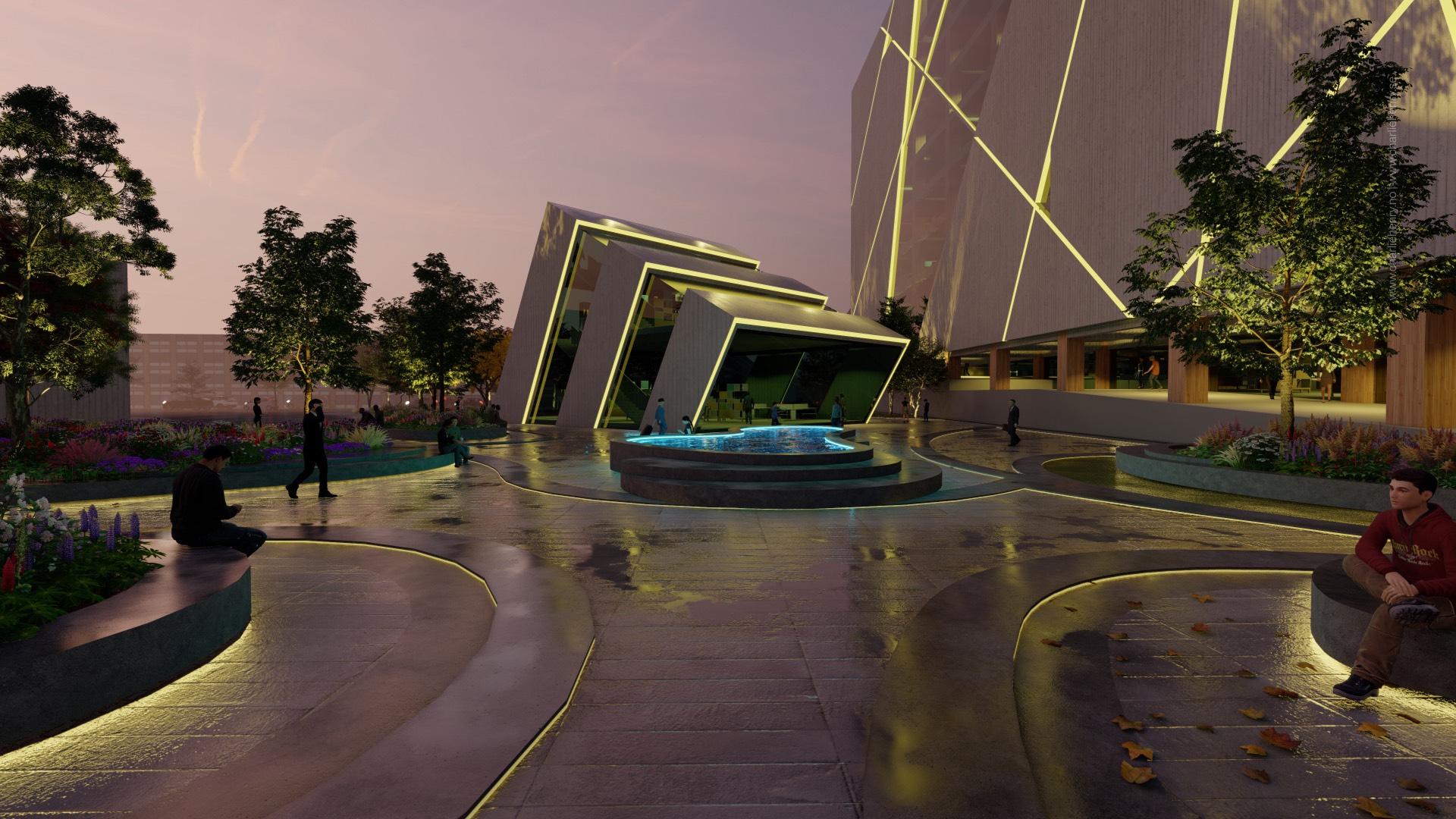
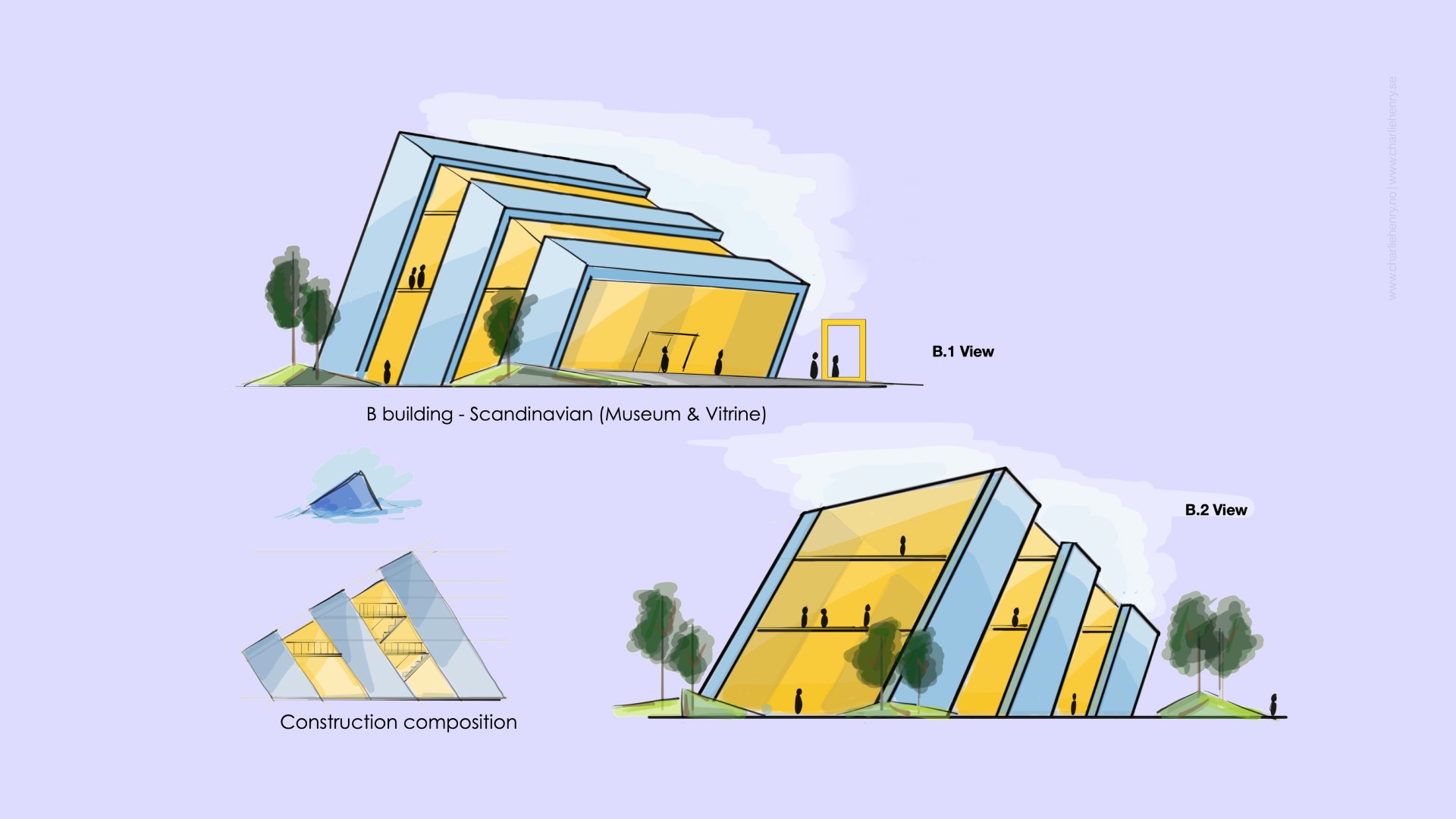
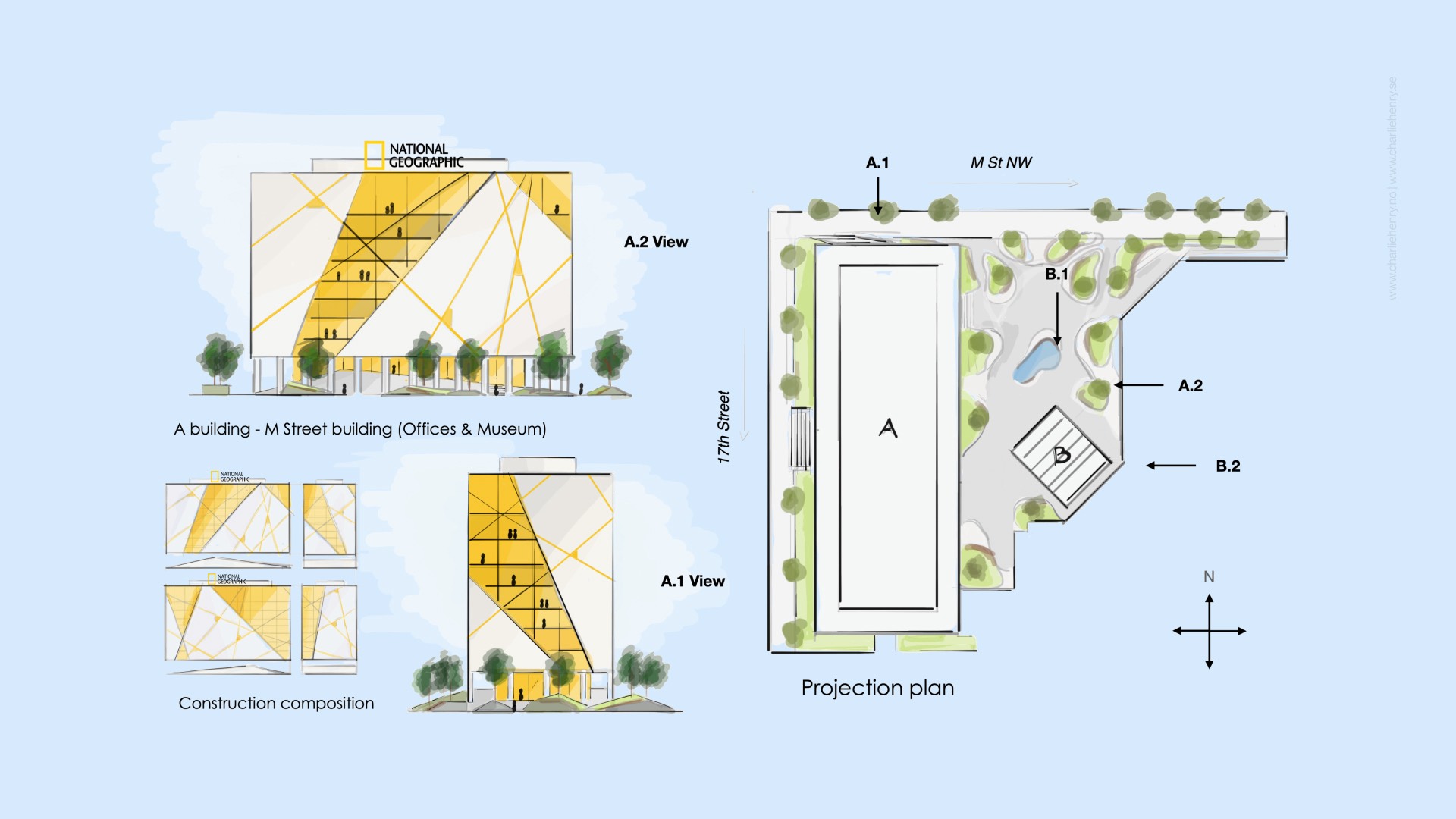
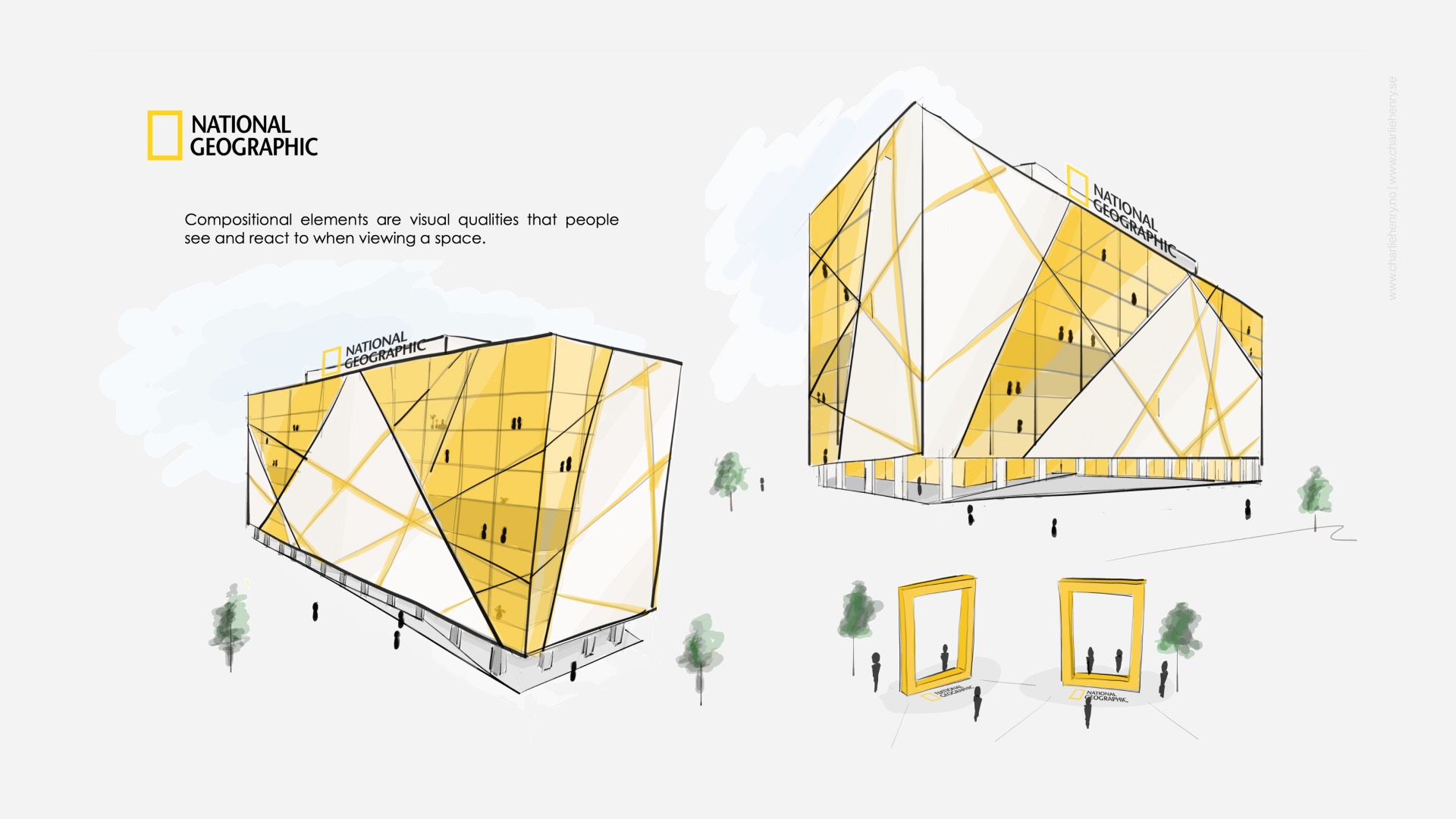
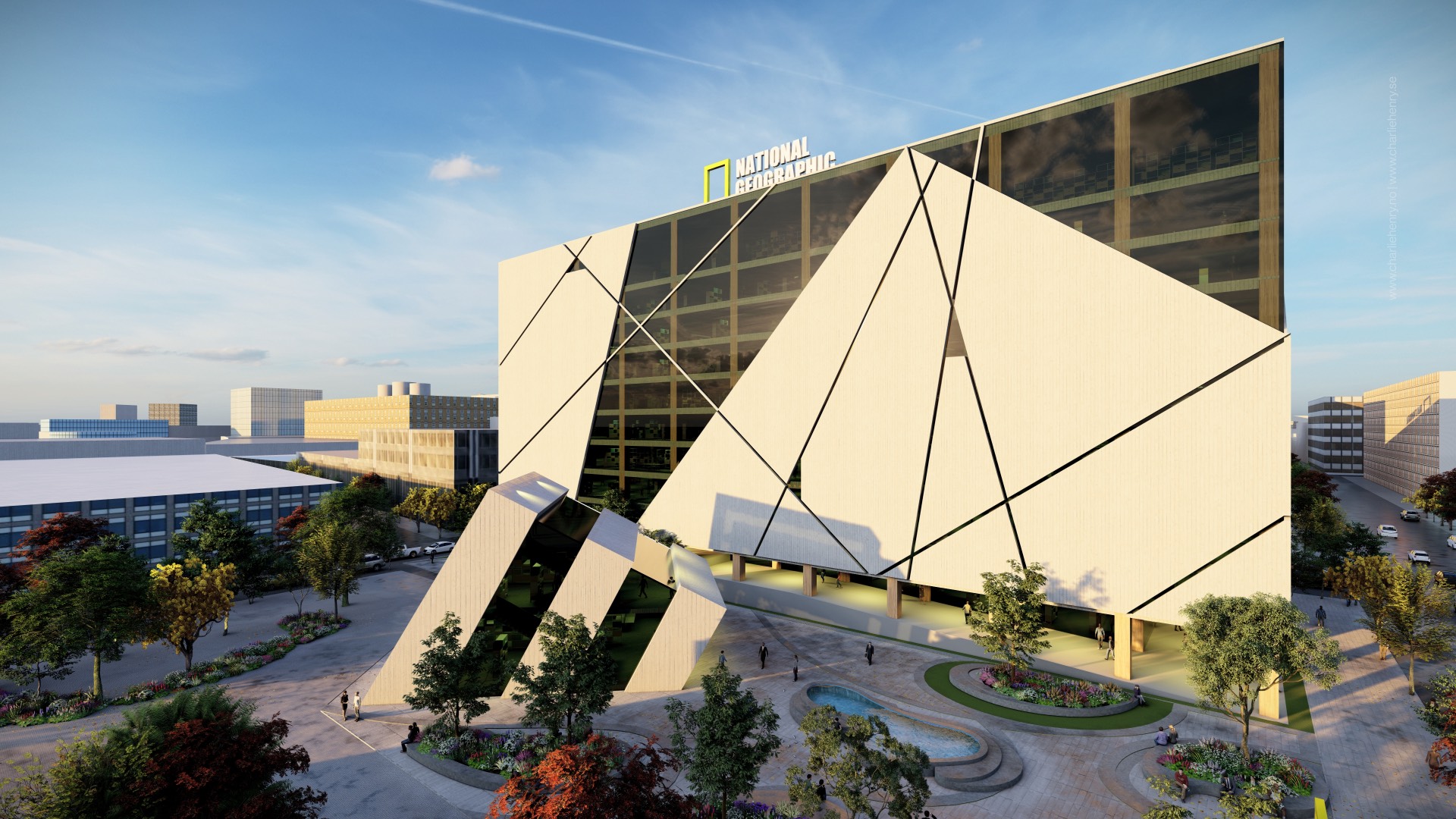
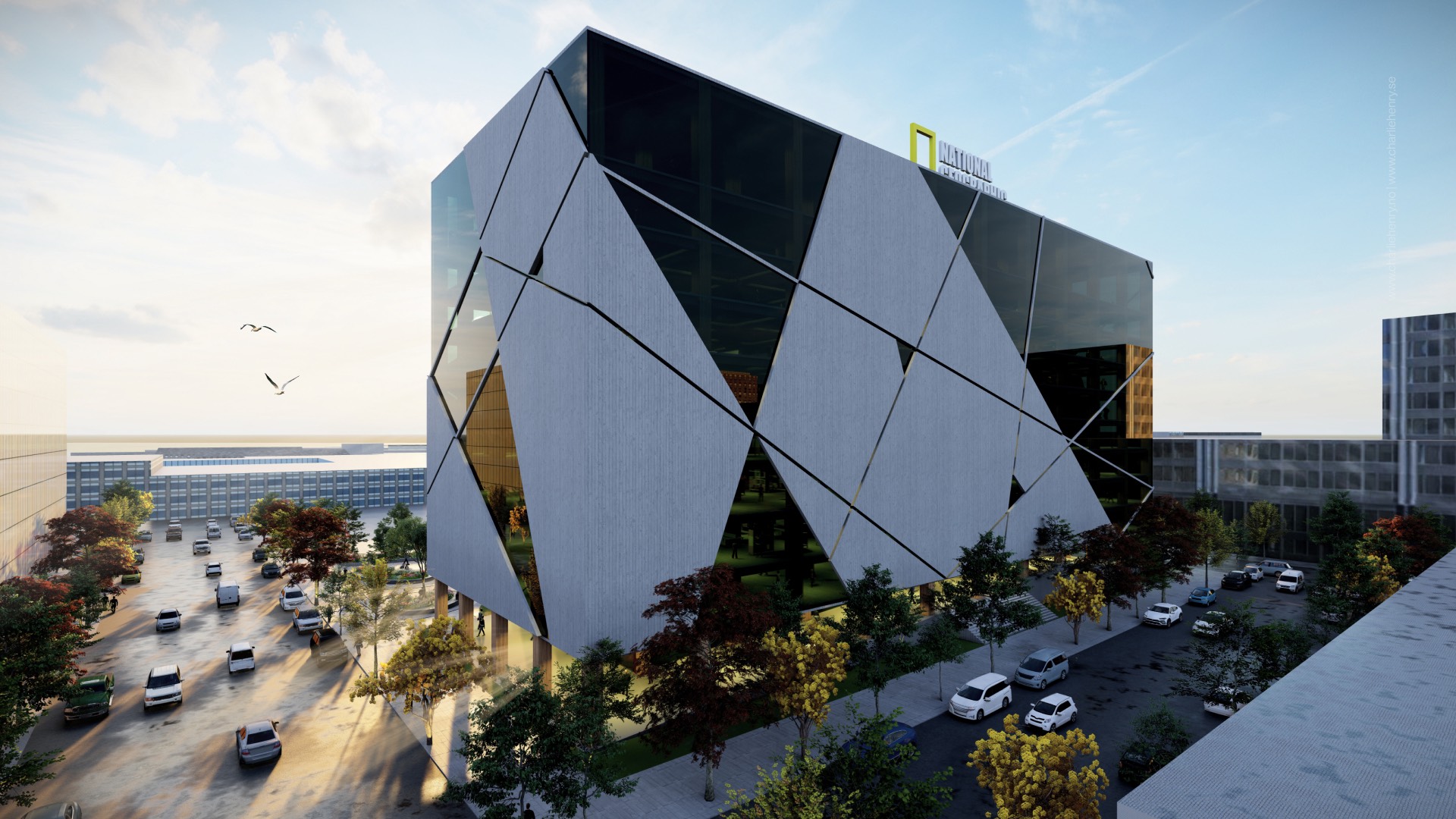
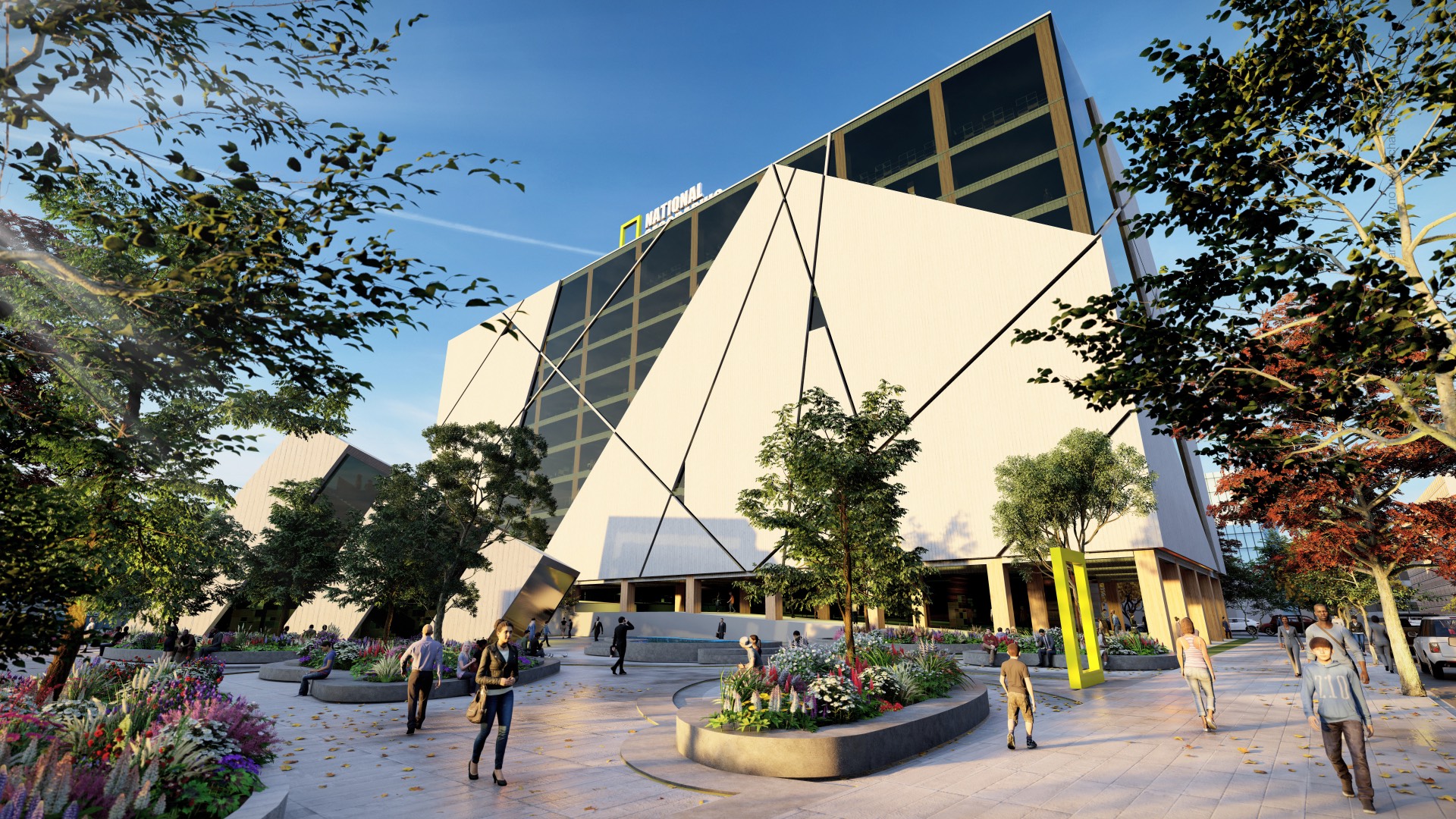
"Some structures are more than buildings — they are storytellers made of glass and stone."
Working on a project tied to National Geographic was deeply meaningful. I’ve always admired how they blend science with soul, facts with feeling. In this visual, I tried to do the same — to create not just a structure, but a sense of place. A still image that carries a quiet voice: There’s something to discover here.
